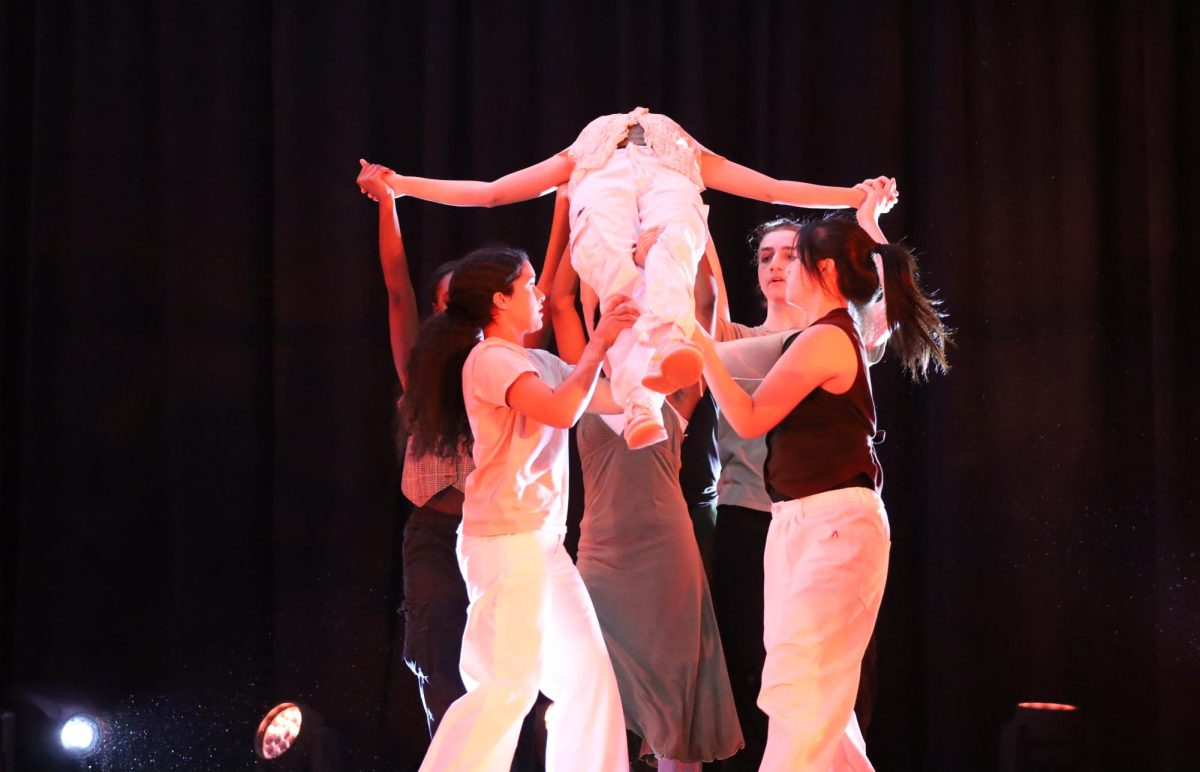With the construction of the new IEC building, Masters was able to kill two birds with one eco-friendly stone. Funded entirely by donors, according to the Associate Head for Finance and Operations Andy Schneider, the building managed to include some features geared towards sustainability without breaking the bank.
According to Schneider, the budget totaled around 29 million dollars, sourced completely from alumni and community donations. For Schneider, this is a big deal. He said, “Even if one dollar is donated … that’s one dollar that we don’t have to ask current Masters families to absorb in the form of higher tuition.” This is in contrast to the traditional way of funding campus projects, Schneider said, where the construction leads to an uptick in tuition prices.
Another big win for the building was the environmentally conscious aspects. Seth Marx, the Associate Head of School for Institutional Advancement, pointed out how the exterior of the building is made of zinc. He said, “Zinc is ethically mined, it’s one of the most plentiful minerals on earth, and it is ethically refined and produced. It has really good R values (a measurement of a material’s ability to insulate), which means it will stand up over time to help minimize the heating and cooling costs inside the building.” According to the American Galvanizers Association, zinc is also a 100% recyclable material.
Marx also said that we were able to cut down on excess materials by making the concrete, a necessary part of the building’s structure, the finished material. In doing so, it is no longer necessary to install additional wood, sheet rock, or any other materials for construction.
On the subject of the IEC’s windows, Marx said, “The high efficiency windows in the warmer months reflect sunlight to keep the building cooler, and in the cooler months they enable greater [levels of] building heating.”
These features had the additional benefit of cutting costs of the building, as well. When it comes to the heating and cooling system of the building, Schneider said, “Even though there might be more costs up front, if the building lasts us for fifty, sixty, seventy years, a lot of that will pay for itself while also reducing the school’s carbon footprint.”
The concrete flooring in some rooms is also expected to reduce maintenance costs, according to Marx.
The building isn’t just built sustainably. Due to the recent increase in flooding on campus, the IEC’s design has made provisions for handling excess rainwater. Marx explained how the embedded gutters along the roof and walls of the building transfer water into catching basins, allowing it to be diffused into the ground.
And of course these elements aren’t just effective– according to junior Alice Fuller, they look great, too. Fuller had an opportunity to take a look around the building during its opening ceremony that took place on Sept. 30. She said, “It’s amazing, all of it is pretty cool, I love that every exterior wall is just windows. I think in a lot of the older buildings we kind of lack that, and there’s just so much natural light all the time, it’s really uplifting and awesome.”









